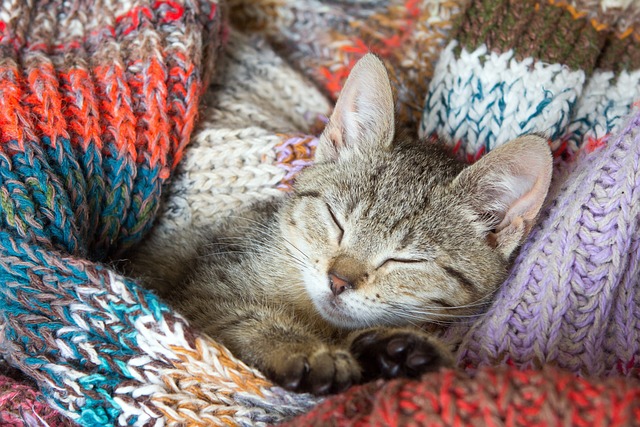Introduction
Cat bunting behavior, where cats rub their heads against objects or people, is a fascinating aspect of feline communication. This guide provides insights into why cats engage in bunting, the science behind it, and what it signifies in terms of their social bonds.
1. The Science of Bunting
Cat bunting, scientifically known as “head bunting,” is a form of scent communication. Cats have specialized pheromone-producing glands located around their head, including between the toes, beneath the chin, corners of the mouth, temples, along the tail, and the ears. Understanding these glands helps us decode their bunting behavior.
2. Claiming Ownership
When cats bunt objects or individuals, they are leaving behind chemical markings. This can be a way for them to claim ownership of their territory or belongings. The specific area of the head used for bunting depends on the height of the target object. For instance, the forehead and ears are used for higher objects, while the chin and throat are used for lower ones.
3. Social Bonding Among Cats
When cats bunt each other, it’s a form of social bonding. This behavior is typically observed among cats who are familiar and friendly with each other. The more dominant cat often initiates the bunting to establish a sense of unity within the colony, ensuring all cats share a similar scent profile.
4. Bunting with Humans: Trust and Affection
When a cat engages in head rubbing with their owner, it’s a significant sign of trust and affection. Some cats may become quite assertive, while others perform gentle circles around their owner’s ankles. By engaging in this behavior, a cat is essentially marking their owner as part of their “tribe.”
5. Interpreting Bunting Behavior
Understanding the context of bunting is key to interpreting its meaning. A cat who confidently head-rubs your face with open eyes is expressing a high level of trust. They are putting themselves in a vulnerable position, indicating that they consider you a valued member of their social circle.
Conclusion
Cat bunting behavior is a complex form of communication and social interaction. By recognizing the significance of this behavior, we can better understand and appreciate the unique bond we share with our feline companions. The next time your cat engages in a head-rubbing session, remember that it’s their way of expressing trust, affection, and a sense of belonging in your shared space.


